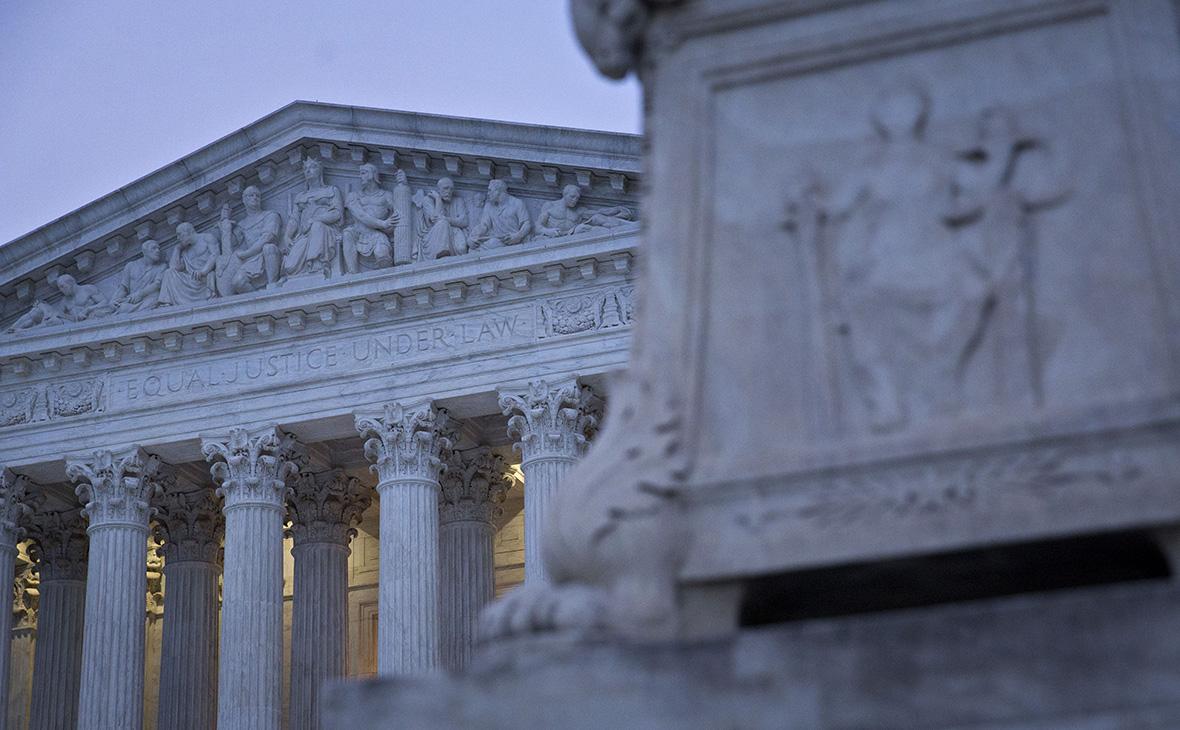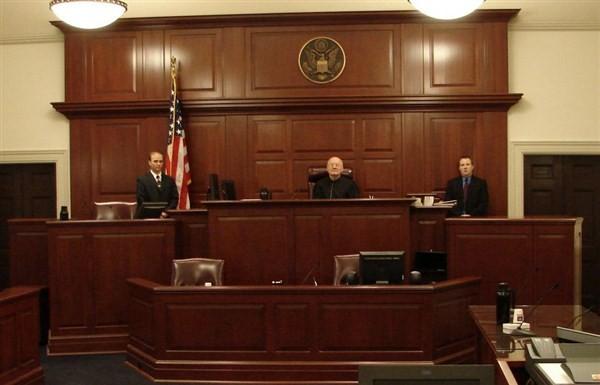We often doubt that decisions of judges are driven exceptionally by law. No person can be completely devoid of a bias and subjective preferences even in their professional life. Judges are not an exception. Exploring the motives that drive judges in decision-making is the goal of judicial politics. The study also investigates the interaction between the court and other parts of the political system.

Judicial politics dates back to the early 20th century when legal realists argued that judges create laws based on their personal preferences. By now, we have three major theories explaining judicial decision-making – attitudinal, strategic, and institutional. The attitudinal model was defined by Jeffrey Segal and Harold Spaeth who argued that judges made the law instead of following it motivational speeches. Whether conservatives or liberals, judges are likely to vote according to their old beliefs and personality traits. The attitudinal model satisfactory predicted votes of Supreme Court judges so that it was a popular point of judicial politics in the 1990s until it was challenged by the strategic model.
The strategic model of judicial behavior states that judges cannot always vote out of their personal preferences without taking into account the context of the case. Besides, they cannot achieve their goals without a cooperation of their colleagues. A court decision is not a collection of personal opinions but the cooperation of people who want that decision to be implemented. In the strategic model, judges take into account plenty of external factors and predict the consequences of their decisions instead of acting on a whim within the attitudinal model.
In both models, individual goals of judges are important. The third model of historic institutionalism expands goals to the level of the Court. As an institution, the Court has its own rules. It interacts with other political institutions, and Court practices often determine which decision is acceptable and which one shall not pass.
Mass media are a powerful regulator of social life, especially in the pre-election time or during a significant social change. The media become an information center and a place for discussion that assures democracy in the society. At the same time, media make room for speculation, harassment, and fraud that happen so often when the society is submerged in a heated debate. Though the impact of media on citizens is often controversial, it remains the major means of communication between politicians and the electorate. The public gets nearly all of political information from the media.
There are different types of media ownership – purely public, purely commercial, and mixed. Media that are not purely public are almost always controlled by political parties, which involves bias and threatens the democracy. Parties try to influence what people know, believe, and do politically, mainly through the propaganda. It is the hypodermic model of media effects common to post-totalitarian countries and weak new democracies.

The minimal media effect model presents an alternative view to the radical point of the hypodermic model. It implies that people’s loyalty to some parties remains steadfast irrespective of what media say about them. Besides, people are not persuaded as easily by the media as they are by their fellows of opinion leaders. The minimal effect of media is also questioned because there is little empirical evidence to support it. Instead, scholars favor the subtle effect model that is more comprehensive than previous two models.
The model of subtle effects implies that media does not dictate people what to think but rather determines their sphere of interest. It is no less important to create a shared focus of attention for millions of people if the media want to manipulate public opinion. The exposure of media influences people indirectly, which does not diminish its effect in any way.
